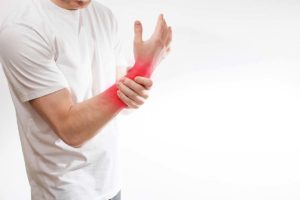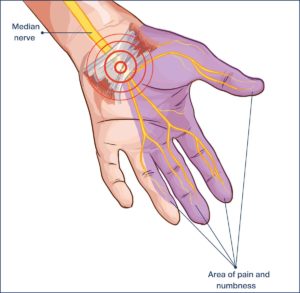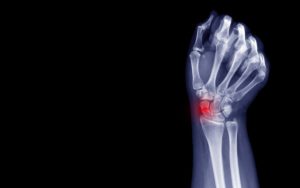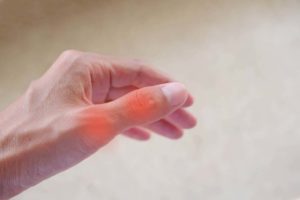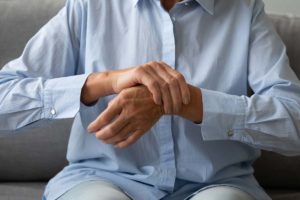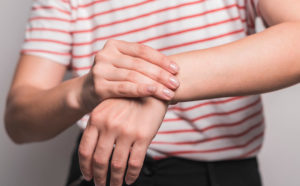
Ganglions
Typical Symptoms
Ganglions are swellings around joints or tendons and can be firm or change with movement. They do not usually cause pain unless located on an area which bears load or unless it has enlarged to a size where it is catching.
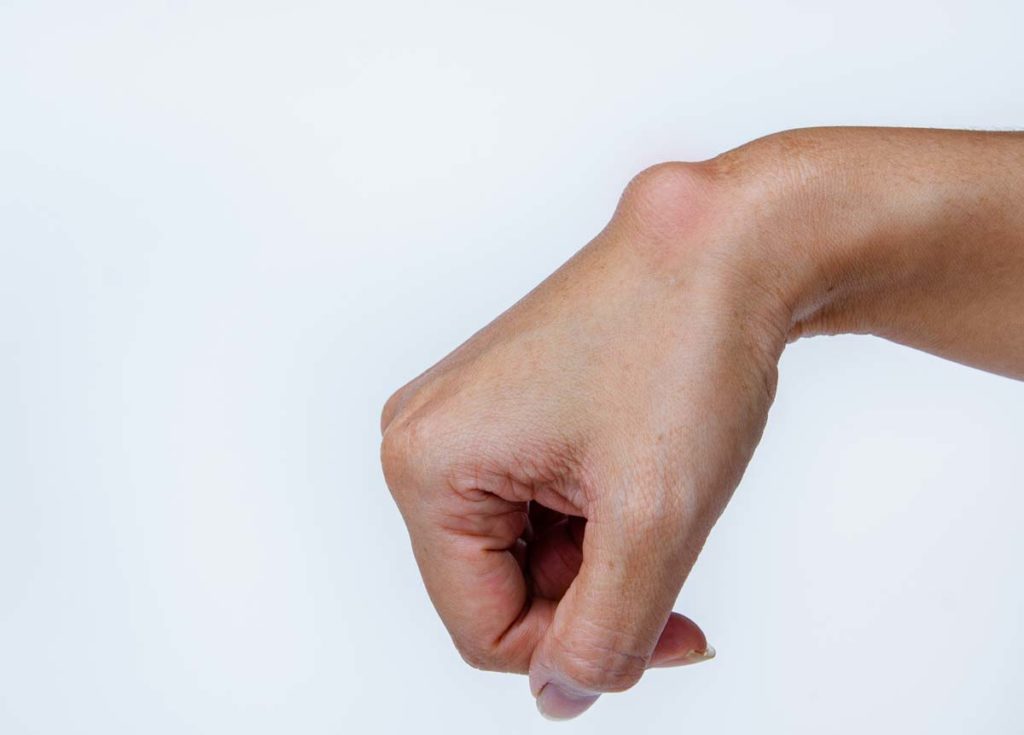
What causes it?
Ganglions are fluid-filled swellings that arise from joints or tendons and can be due to degenerative (wear and tear) changes in a joint or tendon, but can also occur spontaneously.
How can I help myself?
Unless the ganglion is causing pain symptoms, increasing in size or limiting function, they can often be left alone and are not a cause for concern.
Traditionally people have tried to “burst” the ganglion with a heavy book or folder, but this is not recommended, nor is trying to drain it yourself with a hypodermic needle. Anti-inflammatory gels can be applied to reduce swelling symptoms.
When to seek help?
If the symptoms (pain or limited movement) are interfering with your daily, occupation or recreational activities, or there is progression on symptoms, it might be suitable to seek further attention.
What are the treatment options?
After assessing you, your clinician may perform an ultrasound scan to examine the ganglion further. If suitable, an ultrasound-guided drainage and flushing of the ganglion can be attempted with a small amount of cortisone injected to hopefully reduce the chance of recurrence. If this ineffective, then surgical excision can be considered.
